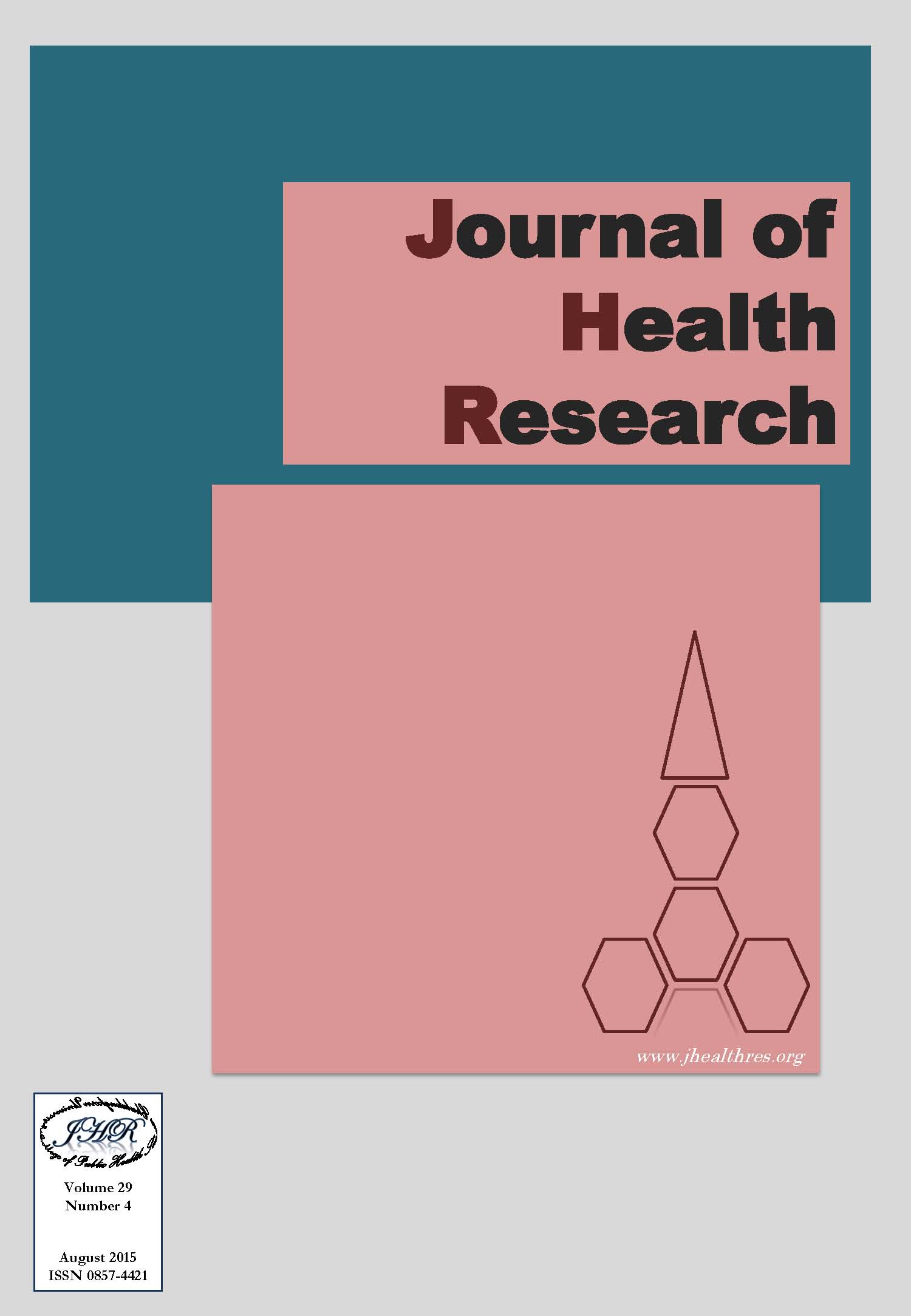Characterization of the Bacteriocin-Like Substance from Lactococcus Lactis Subsp. Lactis WX153 against Swine Pathogen Streptococcus Suis
Keywords:
Streptococcus suis, Lactococcus lactis, Probiotic, BacteriocinAbstract
Streptococcus suis is one of the most important pathogens in swine, which can infect many organs and has been associated with septicemia, meningitis, arthritis and pneumonia. Moreover, S. suis is also an emerging zoonotic pathogen that can infect humans and cause severe disorders such as meningitis and Streptococcal toxic shock-like syndrome (TSLS). Nowadays, the most successful way to treat and prevent S. suis infection is to use antibiotics. However, this involves increased risk of antibiotic resistance, and raises issues regarding food safety. There are several potential alternative methods to replace the use of antibiotics. One is to promote pig health by probiotic bacteria and the other is to use bacteriocins, which are antimicrobial proteinaceous compounds, to inhibit the growth of pathogens. Lactococcus lactis subsp. lactis WX153 is a probiotic lactic acid bacterium isolated from swine feces. The strain was found to produce a bacteriocin-likesubstance (designated as Bacteriocin WX153) that can inhibit the growth of S. suis. Bacteriocin WX153 was produced at the stationary phase of Lc. lactis WX153 growth and was sensitive to the proteolytic enzyme pronase E, indicating its proteinaceous nature. The Bacteriocin WX153 remained active over a wide pH range from 1 to 12 and still active at high temperature of 121°C for 15 min. The mode of action of Bacteriocin WX153 is bacteriostatic and it has broad antimicrobial spectrum against both Gram-positive and Gram-negative bacteria. Partial purification was performed by ammonium sulfate precipitation, followed by ion-exchange chromatography. The active fraction of Bacteriocin WX153 showed a single protein band with a molecular weight of about 6.5 kDa on SDS-PAGE. Therefore, Bacteriocin WX153 and probiotic bacterium Lc. lactis WX153 may have the potential to be used as anti-S. suis agents to substitute antibiotics for treatment of, and protection against, S. suis infection in swine and become more safety for human.







